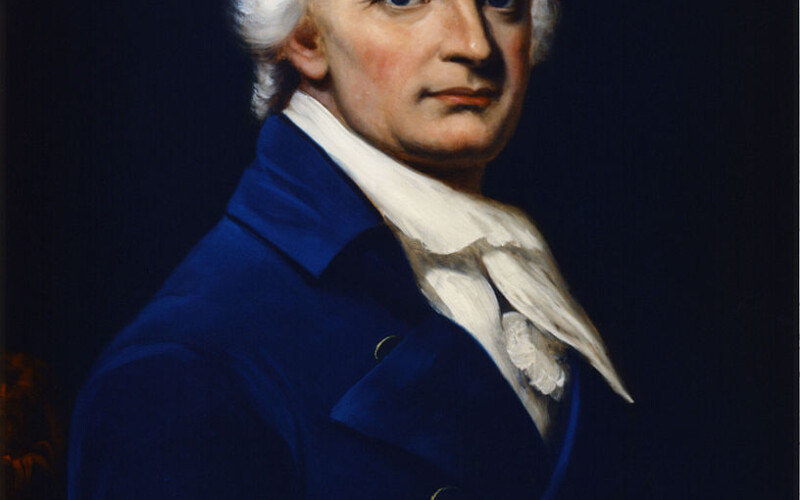We have experience hosting a range of audiences, from college classes to birthday parties to company outings, and we customize our tours to meet your group’s interests and needs.
Book a private tour today
At the dawn of the nineteenth century, the US Navy established six naval shipyards to build, repair, and outfit the fleet. From the “original six”—Boston, Brooklyn, Philadelphia, Portsmouth, Norfolk, and …
Read more
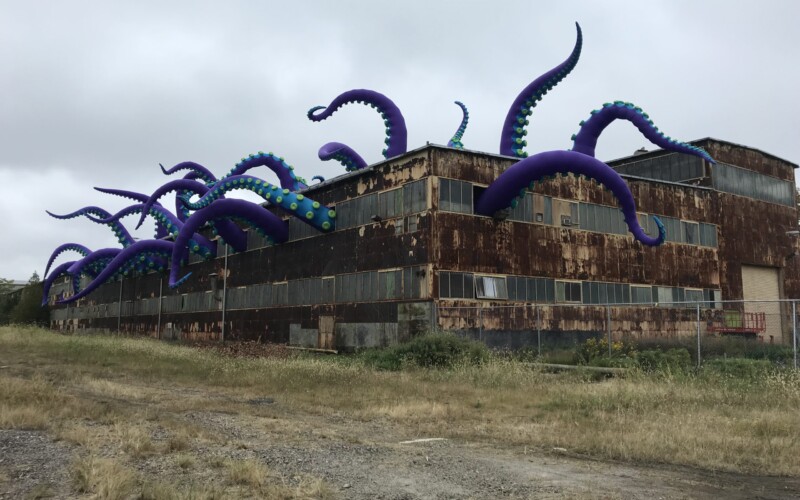
At 3:57 p.m. on May 2, 1982, the British submarine HMS Conqueror fired a spread of three torpedoes at the Argentine cruiser ARA General Belgrano, located approximately 230 nautical miles …
Read more
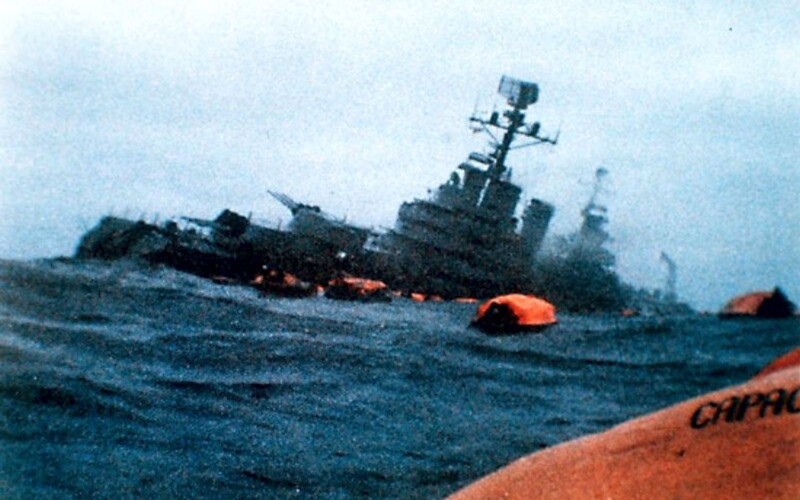
On a quiet stretch of the Saginaw River just outside Bay City, Michigan, the USS Edson sits as a tribute to America’s Cold War destroyer fleet. Built at Maine’s Bath …
Read more
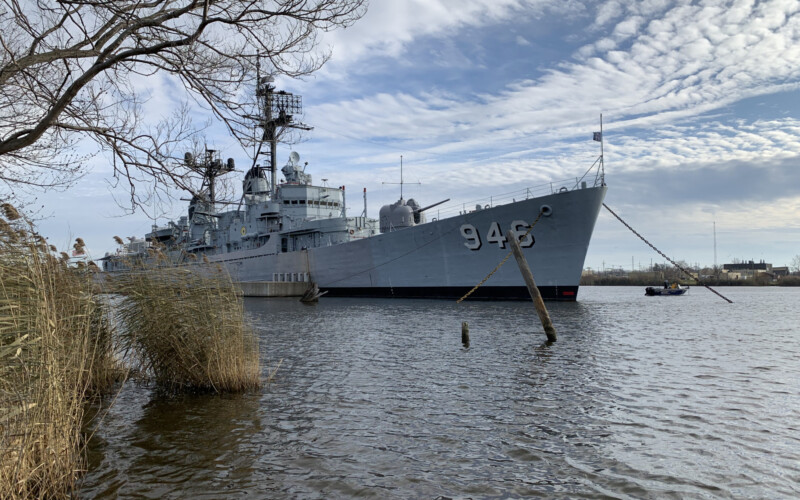
On August 14, 1965, the Landing Platform Dock USS Duluth (LPD-6) floated out of Dry Dock No. 3 at the New York Naval Shipyard. In the preceding 145 years, this …
Read more
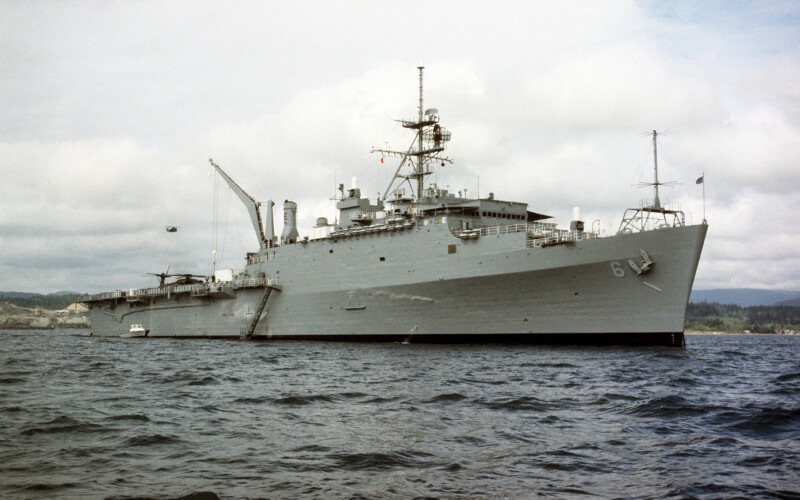
As we reflect on the deeper meaning and troubling implication of the US president describing certain foreign countries as “shitholes,” it has also opened an opportunity to think critically about how …
Read more

Some of the subjects we frequently have to address on our tours of the Brooklyn Navy Yard are: where is it? and what is the official name? So let’s start with the …
Read more
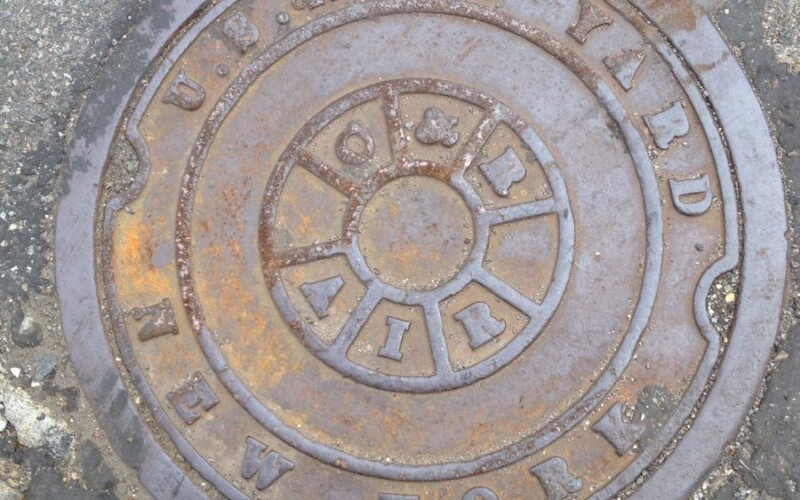
Two hundred and thirteen years ago today, the Brooklyn Navy Yard was founded, the last of the six original shipyards established by the US Navy. Today we celebrate the yard’s …
Read more
